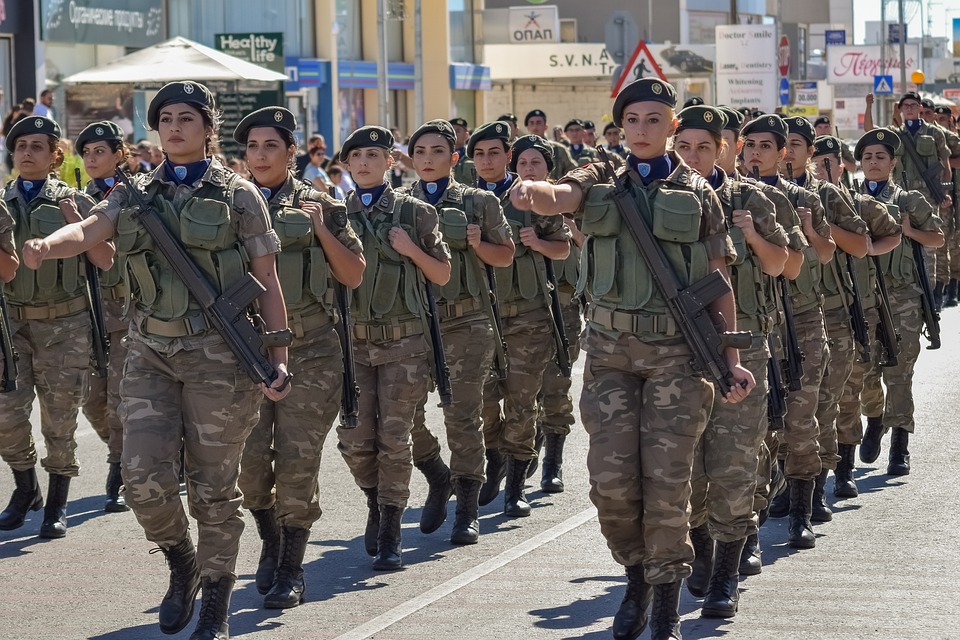The History and Significance of Army Ranks and Decorations
Introduction
Throughout history, armies have used a system of ranks and decorations to identify and honor their soldiers. These ranks and decorations symbolize a soldier’s level of authority, experience, and accomplishments within the military hierarchy. Understanding the history and significance of army ranks and decorations can provide insight into the structure and traditions of military forces around the world.
History of Army Ranks
The concept of army ranks dates back to ancient civilizations, where warriors were organized into hierarchical structures based on their skills, experience, and leadership abilities. In ancient Rome, soldiers were divided into ranks such as centurions, tribunes, and legates, each with specific roles and responsibilities within the military. As armies evolved and became more complex, the need for a standardized system of ranks became essential to maintain order and discipline among troops.
During the Middle Ages, the feudal system in Europe also played a significant role in the development of army ranks. Knights and nobles were granted titles and positions of authority based on their loyalty and service to their monarch. This system of hierarchy within the military continued to evolve over the centuries, leading to the establishment of modern army ranks that are still used today.
Significance of Army Ranks
Army ranks serve several important purposes within military organizations. Firstly, ranks determine the chain of command and the order of authority within the military hierarchy. Soldiers are trained to follow the orders of their superiors based on their rank, ensuring that military operations are carried out efficiently and effectively.
Ranks also serve as a way to recognize and reward soldiers for their skills, experience, and leadership abilities. Promotions to higher ranks are often based on a soldier’s performance in training exercises, combat situations, and other military operations. By advancing through the ranks, soldiers can take on more responsibilities and leadership roles within the military.
In addition to their functional roles, army ranks also hold symbolic significance within military culture. Ranks convey a soldier’s level of experience and expertise, as well as their dedication and commitment to serving their country. Soldiers take great pride in their rank and wear their uniforms with honor and respect for the traditions of the military.
History of Army Decorations
In addition to ranks, military forces around the world also use a system of decorations to recognize and honor soldiers for their bravery, valor, and service to their country. The tradition of military decorations dates back to ancient times, where soldiers were rewarded with medals, ribbons, and other honors for their achievements in battle.
One of the most famous military decorations is the Medal of Honor, which is awarded to U.S. military personnel for acts of valor above and beyond the call of duty. The Medal of Honor has a long and storied history, dating back to the Civil War, and is considered one of the highest honors that a soldier can receive.
Military decorations serve as a way to commemorate soldiers’ achievements and sacrifices, as well as to inspire and motivate others to strive for excellence in their service to their country. Decorations are often awarded during formal ceremonies and are worn with pride on a soldier’s uniform as a symbol of their dedication and commitment to their military duties.
Significance of Army Decorations
Army decorations hold great significance within military organizations and are highly valued by soldiers for the recognition and honor that they represent. Decorations are awarded for a variety of reasons, including acts of bravery, leadership, and service to the country. Soldiers who receive decorations are held in high esteem by their peers and superiors and are seen as exemplary role models within the military.
Decorations also serve as a way to preserve the history and traditions of the military, as each award has its own unique symbolism and significance. Soldiers who receive decorations often have their names engraved on plaques or statues to commemorate their achievements and inspire future generations of soldiers to follow in their footsteps.
In conclusion, army ranks and decorations play a vital role in the structure and traditions of military forces around the world. These symbols of authority and honor have a long and storied history, dating back to ancient times, and continue to hold great significance within military culture. Understanding the history and significance of army ranks and decorations can provide insight into the values and traditions that are cherished by soldiers in service to their country.


